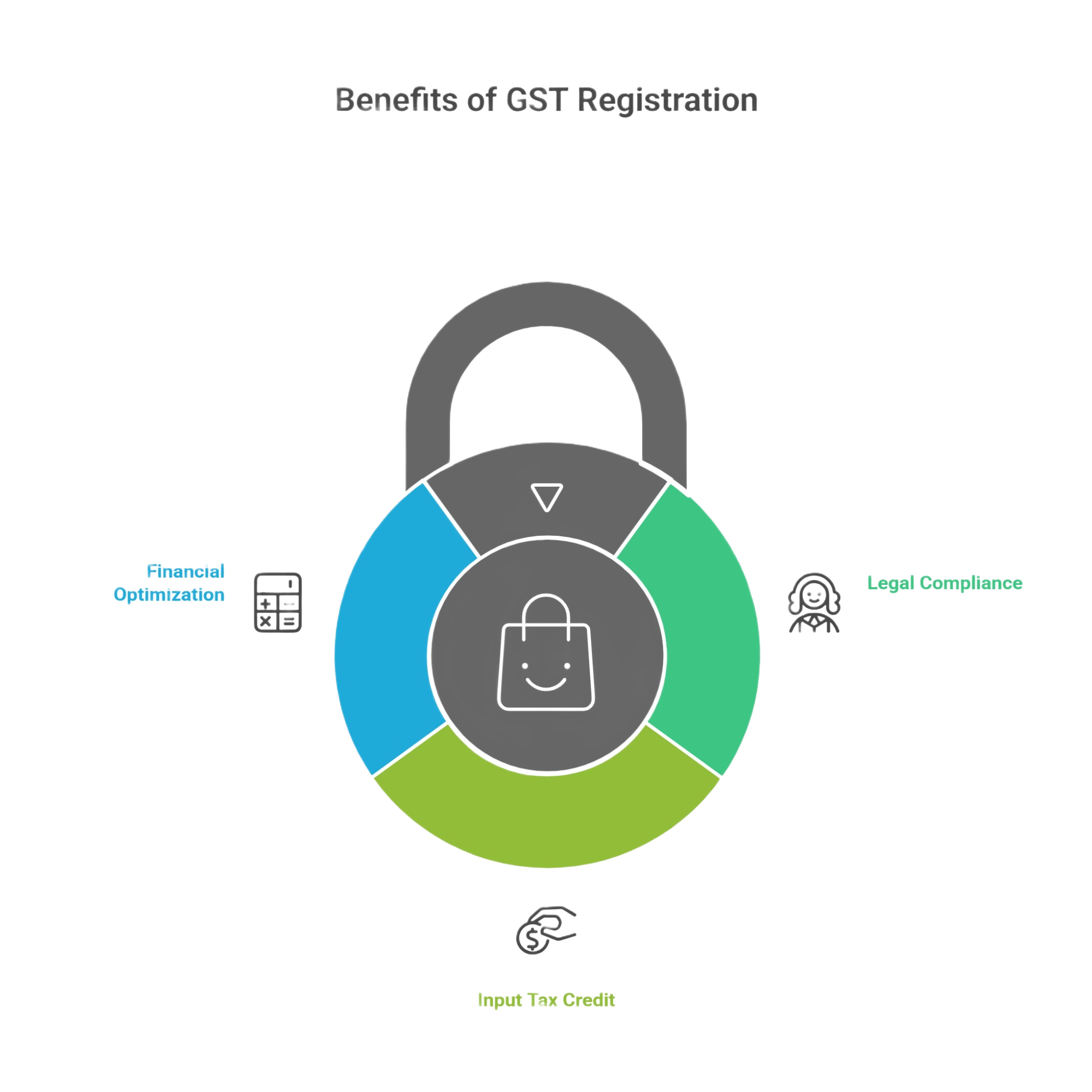Quick GST registration with excellent guidance. The team handled everything professionally and kept me updated throughout the process.
Documents Required For GST Registration
Here is s a quick checklist of documents you will need to get started smoothly.
- 1PAN Card of Business/Proprietor
- 2Aadhar Card of Authorized Signatory
- 3Business Registration Certificate
- 4Address Proof of Principal Place of Business
- 5Bank Account Statement (Latest 3 months)
- 6Rent Agreement or Property Ownership Documents
- 7Passport Size Photographs
- 8Mobile Number and Email ID
- 9Authorization Letter (if applicable)
